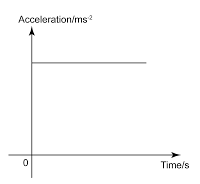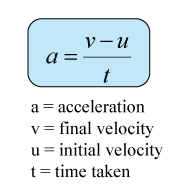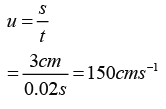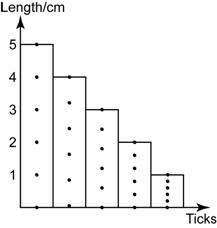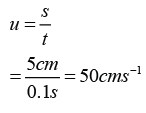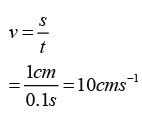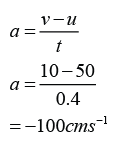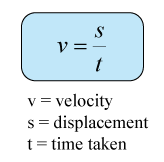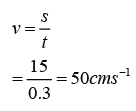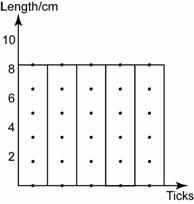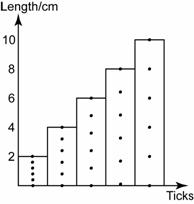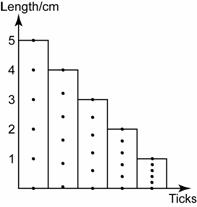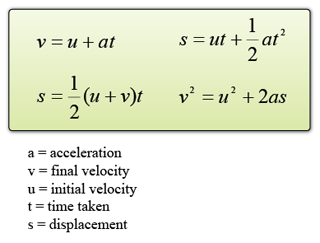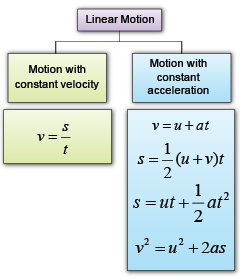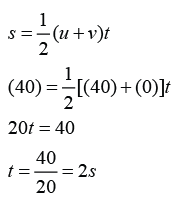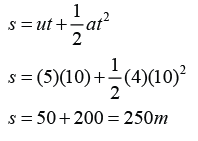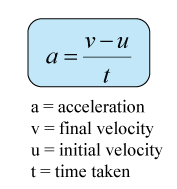Mass
- Mass is defined as the amount of matter.
- The SI unit of mass is kilogram (kg)
- Mass is a scalar quantity.
Inertia
Inertia is the property of a body that tends to maintain its state of motion.Newton's First Law
In the absence of external forces, an object at rest remains at rest and an object in motion continues in motion with a constant velocity (that is, with a constant speed in a straight line).Jerking a Card

When the cardboard is jerked quickly, the coin will fall into the glass.
Explanation:
- The inertia of the coin resists the change of its initial state, which is stationary.
- As a result, the coin does not move with the cardboard and falls into the glass because of gravity.
Pulling a Book

When the book is pulled out, the books on top will fall downwards.
Explanation:
- Inertia tries to oppose the change to the stationary situation, that is, when the book is pulled out, the books on top do not follow suit.
Pulling a Thread
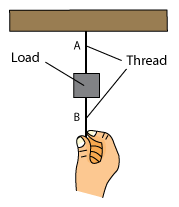
1. Pull slowly - Thread A will snap.
Explanation:
- Tension of thread A is higher than string B.
- Tension at A = Weight of the load + Pulling Force
2. Yank quickly - Thread B will snap.
Explanation:
- The inertia of the load prevents the force from being transmitted to thread A, hence causing thread B to snap.
Passengers in a Vehicle
Phenomenon 1
When a car stop, passengers in the car will be thrown forward.Explanation
When a car stops, the effect of inertia causing the passengers' body maintain their motion forward. As a result, the passengers are thrown forward.
Phenomenon 2
When a car accelerates, passengers in the car will be thrown backward.Explanation
When a car accelerates and moves faster, the body of the passenger tends to maintain its state of motion due to the effect of inertia. As a result, the passenger is thrown backward as he moves slower than the car.
Larger Mass - Greater Inertia
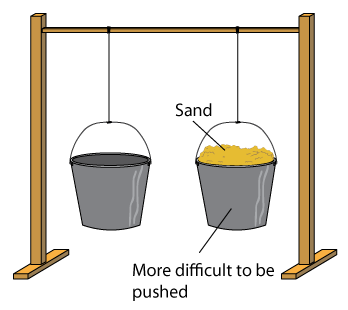
Bucket filled with sand is more difficult to be moved. It's also more difficult to be stopped from swinging.
Explanation:
- Object with more mass offers a greater resistance to change from its state of motion.
- Object with larger mass has larger inertia to resist the attempt to change the state of motion.
Empty Cart is Easier to be Moved

An empty cart is easier to be moved compare with a cart full with load. This is because a cart with larger mass has larger inertia to resist the attempt to change the state of motion.
Car with Higher Load is More Difficult to be Controlled

A car loaded with more passengers is more difficult to be controlled.
Explanation:
This is because, with more passenger, the mass increases, and hence increase the effect of inertia. This make the car more difficult to change its speed, more difficult to stop, and more difficult to change direction.
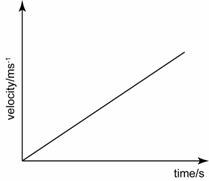

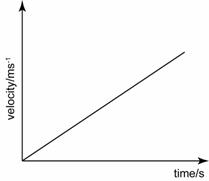



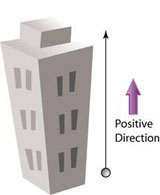
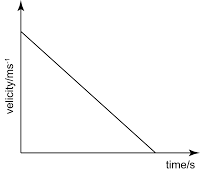


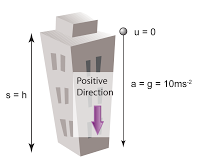
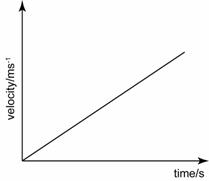
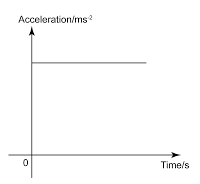
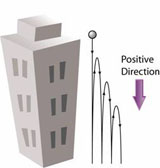
.png)

